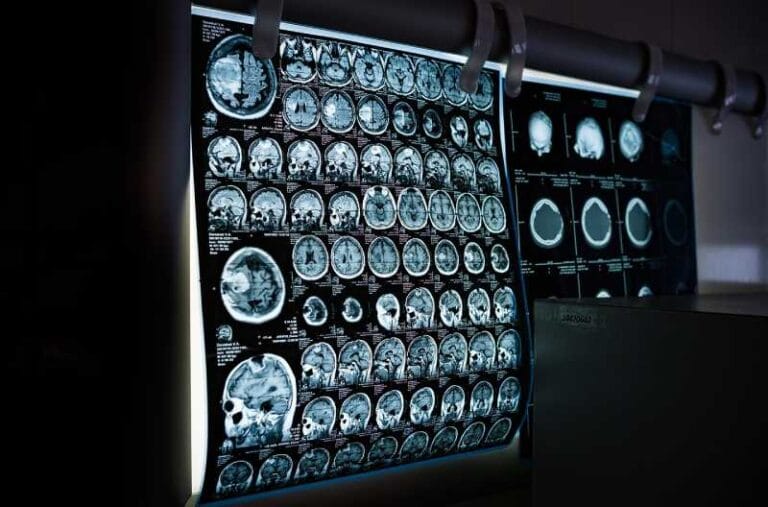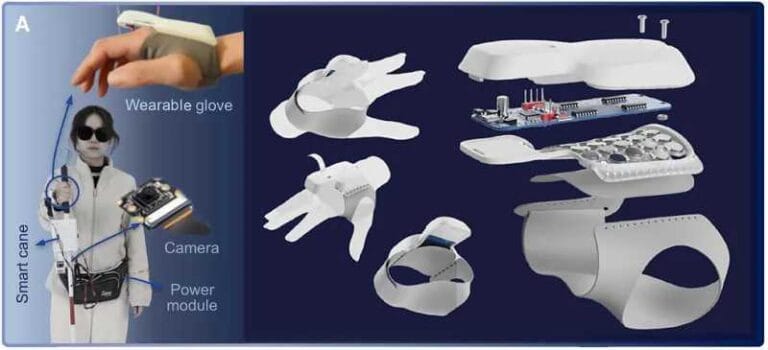Virtual Reality in the Rehabilitation of Stroke Patients

Virtual reality (VR) has been gaining ground as a supportive tool in the rehabilitation of people who have suffered a stroke. According to a Cochrane review — one of the most respected organizations in health research — this technology may offer modest benefits, particularly in improving upper limb function and patients’ balance.
The analysis included 190 studies involving more than 7,100 patients who underwent some type of post-stroke rehabilitation using virtual reality. The results suggest that VR, when compared to traditional therapies, provides a slight improvement in arm function and in the ability to perform daily activities.
Furthermore, when virtual reality is added to usual care, the benefits become more significant. The study indicates that this combination is likely to improve upper limb function and reduce limitations in daily activities.
On the other hand, the researchers point out that there is no strong evidence that the technology has a significant impact on walking speed or patients’ quality of life.
According to the authors, virtual reality offers important advantages over conventional therapies. It allows patients to perform simulated activities in a safe, fun, and engaging way, which helps boost motivation and increases the time dedicated to rehabilitation.
The programs range from simple games, like those offered by commercial consoles (Nintendo Wii, Kinect, PlayStation EyeToy), to immersive systems equipped with motion sensors and VR headsets that simulate complex environments, such as crossing streets or performing household tasks.
In addition, interaction with virtual environments stimulates neuroplasticity mechanisms, which are essential for recovering motor functions after a stroke.
A common concern regarding the use of virtual reality in healthcare is the possibility of adverse effects. However, the Cochrane review indicates that side effects are rare and mild, such as dizziness, headaches, or occasional discomfort, with no reports of serious events.
Despite the positive results, the researchers themselves caution about the methodological quality of the studies, many of which are small and carry a risk of bias. This means that although the data trend favors VR, the results should be interpreted with caution.
Another point noted is that few studies have used fully immersive systems, suggesting there is still room to further explore the potential of this technology in healthcare.
The data show that virtual reality is a useful and safe tool that can complement traditional rehabilitation methods. While it does not fully replace conventional treatments, it can be a valuable ally—especially in improving arm function, balance, and the ability to perform daily activities.
However, more robust research is needed to better understand which types of virtual reality are most effective, how long they should be used, and what their real impact is on patients’ quality of life.
More information:
Laver KE, Lange B, George S, Deutsch JE, Saposnik G, Chapman M, Crotty M. Virtual reality for stroke rehabilitation. Cochrane Database of Systematic Reviews. 2025, Issue 6. Art. No.: CD008349. DOI: 10.1002/14651858.CD008349.pub5.






